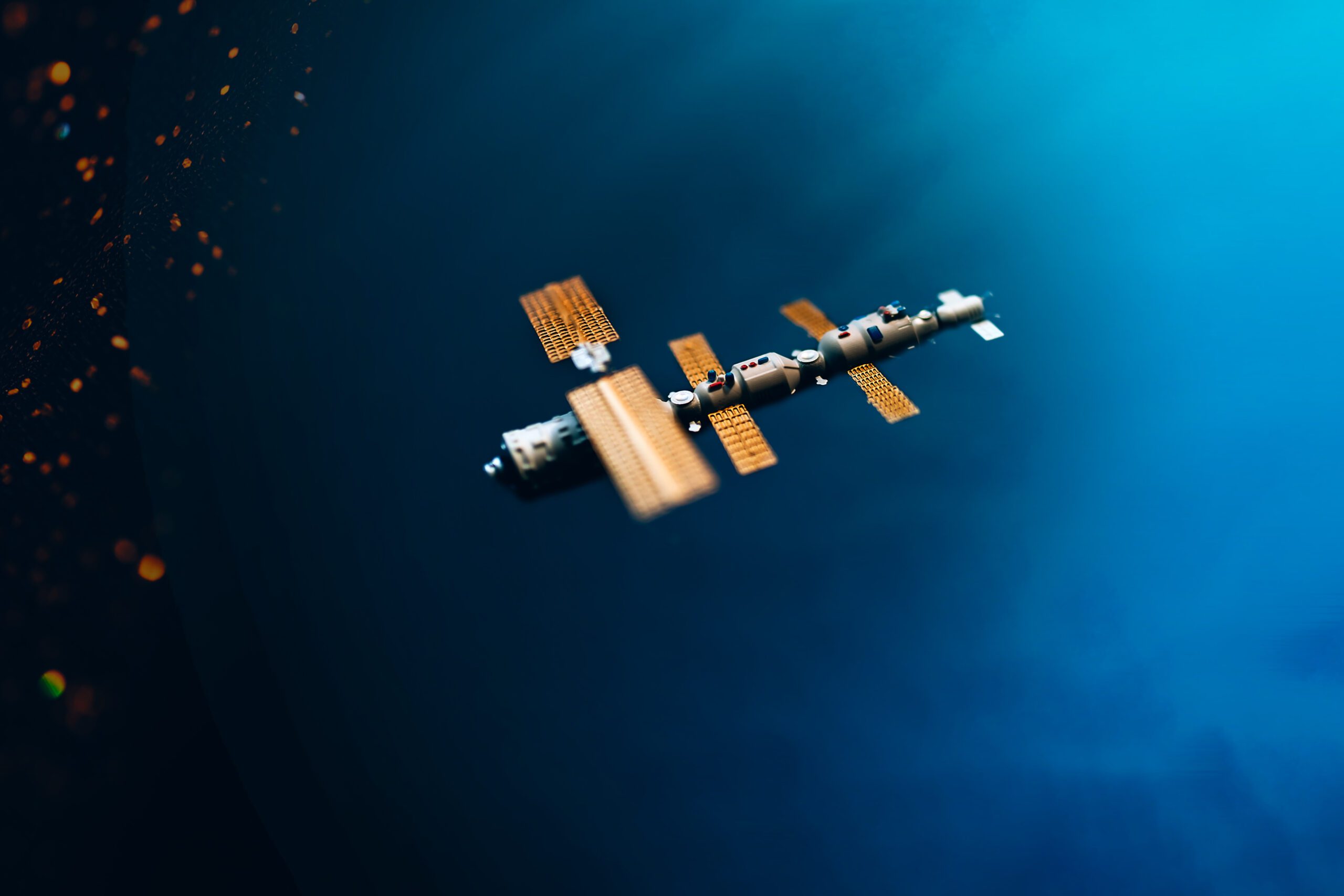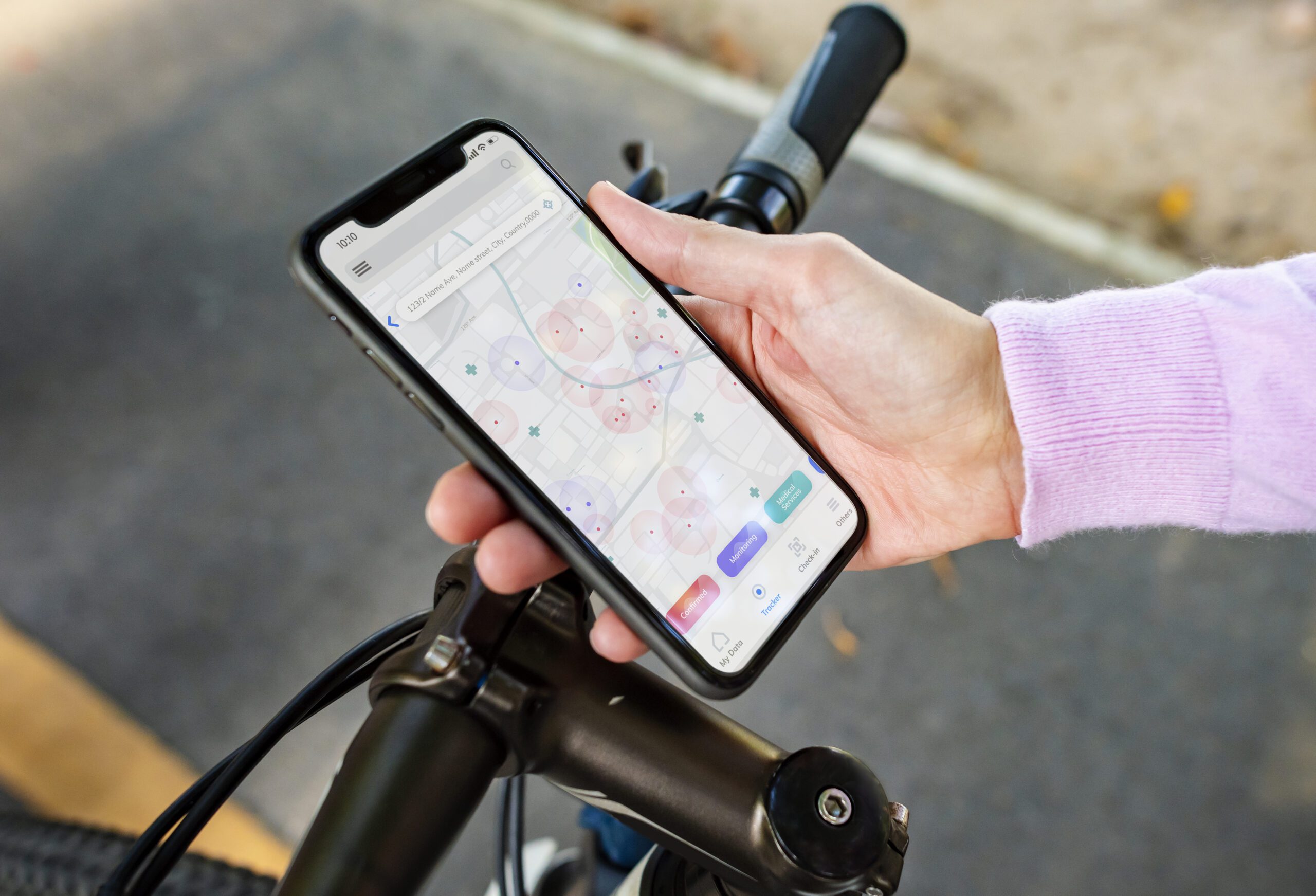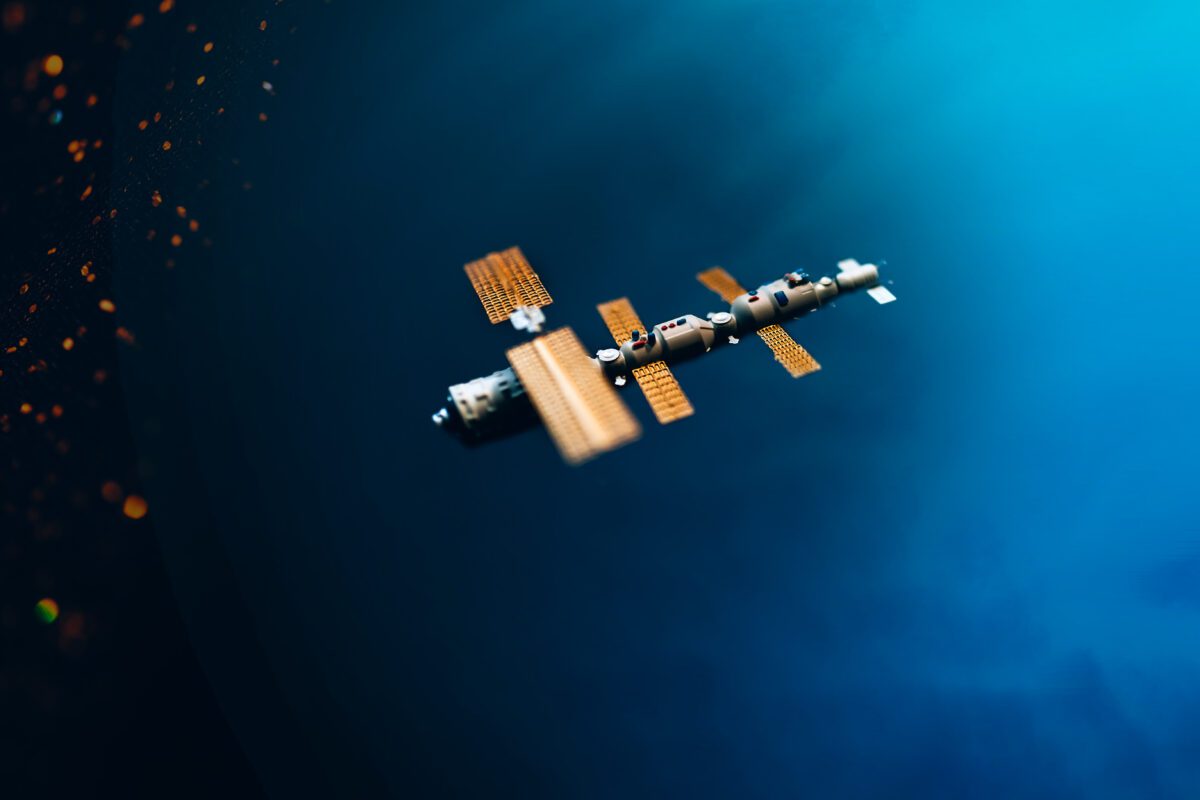Most people are familiar with the GPS system; it supports many everyday tasks or even takes over them entirely. It is used to determine position , the GPS receiver receives a signal from satellites, this GPS signal is then sent to a receiving device and thus enables precise location.
The so-called A-GPS is an optimized version in which extended information is transmitted; this auxiliary data improves the results .
How A-GPS works
Basically, the A-GPS works exactly like the conventional GPS system, so the location is calculated using satellite signals and reproduced with high accuracy. Reception from at least three base stations is also important here . Based on the signals received, the device calculates the distance and measures the transit time of the signals from the time until the first position is determined.
A supported GPS determines the exact position more quickly and precisely; additional information is used for this purpose, in addition to GPS and WLAN, as well as the distance to the nearest cell phone towers. With conventional GPS, additional data is not collected.

Almanac update
The regular GPS reads sent data, this includes trajectory data, trajectory parameters and corrections of possible errors, also called almanac data . With A-GPS, the almanac is transmitted by reference receivers. These are positioned in a clear view and their exact position data is known from assisted GPS .
Location via mobile network
GPS requires a few things to function smoothly, A-GPS reduces such problems because it doesn’t just work with the data sent by satellites. With a mobile phone, the approximate position is already known from the radio cell. This roughly determined position and a good view of the sky make it possible to determine an exact position more quickly from an approximate location. Reception from at least three base stations is required to avoid the signals from GPS satellites.
Localization of the radio cell
Even if the device is dialed into the mobile network via a server, localization can take place using the radio cell . The position can be determined much more precisely using additional cell phone masts and their signal transit times. The spatial height with this method is not possible even with the help of base stations. However, the rough position can be used to narrow down the search area for satellites , making it possible to update the satellite signal and obtain an exact location.

Differences between A-GPS and conventional GPS
The advantages of using it are obvious, the biggest benefit is that positioning is possible more quickly and the route is loaded more quickly. With regular GPS, some requirements must be met so that accurate positioning can take place. The best determination is obtained in an outdoor location, not indoors. In addition to a GPS tracking chip, a SIM card is also required in the receiving device. The user can access all recorded information as it has been saved in the database.
With A-GPS, the focus is on the use of auxiliary data , for example by GSM network operators. However, since such a process does not only rely on the use of satellite signals, some modernizations have to be made for this technology. In order to determine the exact location using multiple sources, adjustments must be made. In the USA, for example, all providers of wireless services had to convert their infrastructure so that, for example, emergency calls from GPS-enabled cell phones and GSM-enabled navigation devices can be used and precisely located . Thanks to the significantly accelerated positioning, which is mainly used on mobile devices, emergency services and the police save considerable time.
Use of A-GPS
For several years now, all mobile devices have had integrated GPS, usually even A-GPS. These devices promote faster GPS, and in some cases a sensitive receiver may be sufficient. A-GPS is available in most GSM mobile networks and therefore allows for quick positioning. It is also possible that some devices work even when GSM is switched off.



